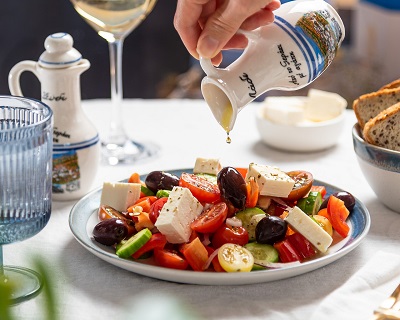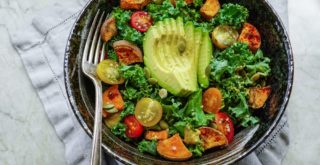Sugars have been in the media quite a lot over the last while. They’ve developed a bad name, particularly when it comes to weight gain. Many experts are now discussing our actual addiction to sugar which can be measured in brain scans. That said, not all sugars are the same and not all sugars are bad for us – provided we receive them in the right ways and in the right quantities.
Understanding fructose, glucose and even sucrose can help you to better comprehend what you’re eating and how it affects your body. These are all carbohydrates and fall into the simple sugars category. They may be found naturally occurring in foods or they may be added as ingredients to change the flavor of a dish.
As far as your tongue is concerned, glucose, fructose and sucrose are all pretty much the same. They taste sweet and that’s about it. However, the rest of your body notices a big difference among these different sugars.
To start, it’s important to note that they all have the same number of calories per gram. This means that if you eat the same amount of any of them, your body will receive the identical amount of energy. That said, each one is used in a different way in various parts of the body, even if they carry the same energy quantities.
Simple carbohydrates, that is, fructose, glucose and sugar all fall into one of two categories: monosaccharides or disaccharides. Monosaccharides are the simplest of the simple sugars. These carbohydrates are made of a single unit of sugar. Both glucose and fructose fall into this category. When they are combined (and when a water molecule is removed), they become the disaccharide, sucrose. Disaccharides are, therefore, simply a pair of linked monosaccharide sugar molecules.
Here’s what makes each of these sugars different from each other:
• Glucose – Of the two monosaccharides, glucose is the most important to the body. The reason is that it is the energy source most naturally preferred by the human body. In fact, it is such a central part of the body’s natural energies that it is also commonly known as blood sugar. This type of simple sugar is absorbed into the blood and circulates throughout the body. Glucokinase and hexokinase are the two types of enzymes required to begin metabolism.
Most foods you consume are naturally converted into glucose through the digestive processes. This allows the energy to either immediately be used or may be stored as glycogen in the liver or muscle cells in order to make it available for later use. Glucose is dissimilar to fructose (described below) as insulin secretion occurs when elevated blood glucose levels are signaled. This insulin secretion does not occur when elevated fructose levels occur. Insulin is released by the pancreas in order to make it easier for cells throughout the body to absorb glucose.
• Fructose – This sugar is found in many of the foods we eat. It is naturally occurring in fruits and vegetables. That said, it is also added to many processed food products, particularly fruit-flavored drinks, sodas and other beverages. This type of simple sugar differs from other forms as it is metabolized by the body in a different way. Moreover, the body would prefer other sources of energy for the brain and muscles. Fructokinase is the enzyme used for initiating the metabolism of fructose. This enzyme occurs in the liver, the only place where this sugar can be processed in humans. This sugar results in greater body fat storage than glucose.
It is unlike glucose (described above) because it doesn’t stimulate insulin secretion in the pancreas, even when it is present in high levels. Moreover, it doesn’t stimulate leptin production. Leptin is a central energy intake and expenditure regulation hormone. Still, consuming too much dietary fructose is not recommended for a number of reasons. Among them is that it functions more closely to fat in the way it is used, when compared to the way other carbohydrates are digested and utilized.
• Sucrose – The easiest way to recognize this form of simple carbohydrate is by its common name, table sugar. It is a sweetener made out of sugar beets or sugar cane. It can also be found naturally in many fruits and vegetables. When you eat it, the beta-fructosidase enzyme is used to separate it into its separate glucose and fructose units. Each of those monosaccharides are then used in their individual ways by the body as described above. The glucose content of the sucrose is dealt with by the body in the same way as it would if it was consumed in its pure form.
What is different is that fructose is simultaneously metabolized. The glucose is used as the primary energy source, causing fructose to become a secondary option. If both forms are not fully used by the body for activity or natural function, the unused amount enters into fat synthesis. This is only worsened by the insulin released by the presence of elevated glucose levels.
As you can see, while these may all be simple sugars, there is a great difference among them. This understanding can help you to make better food choices for yourself and your family.



















